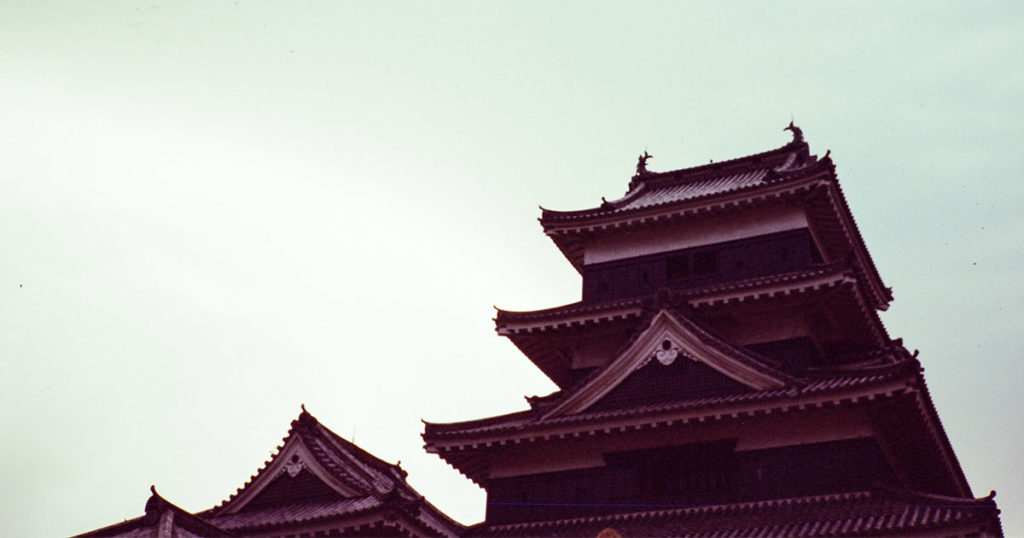
Ambassador Taeko called me into his office, the entire top floor of the Japanese Legation to the League of Nations. The white masonry building, with its attic and mansard roof, was formerly the headquarters of a Dutch trading company, and there were residual narrow, bronze bands stamped onto the frames of each door, engraved with cursive Dutch names full of intimidating strings of consonants. All the interior walls had been removed, but you could still see the old floor plan in lighter-toned sections of the maple flooring. Here had been a secretary’s office,
beyond that a storage closet, and then there must have been a bathroom, for the floorboards had two roughly circular patterns, evidence of where a toilet and a sink had recently been.
The Ambassador said he preferred a chamber pot, and so, several times a day, an attendant, a silent woman with a doleful expression named Frau Fingerhut, would knock on the door, enter, and remove the Ambassador’s waste in a brass-covered ceramic pot with wooden handles. There was a crest of some kind on the pot, but I had never ventured close enough to determine if this was the Taeko family crest, or if the vessel had been left behind by the Dutch. However, having studied the Dutch national character as part of my preparations for taking up this posting in Geneva, I knew that the Dutch are widely considered to be a parsimonious people and would not likely have left behind an item of such utility.
Login to view the full article
Need to register?
Already a subscriber through The American Scholar?
Are you a Phi Beta Kappa sustaining member?
Register here
Want to subscribe?
Print subscribers get access to our entire website Subscribe here
You can also just subscribe to our website for $9.99. Subscribe here
true


